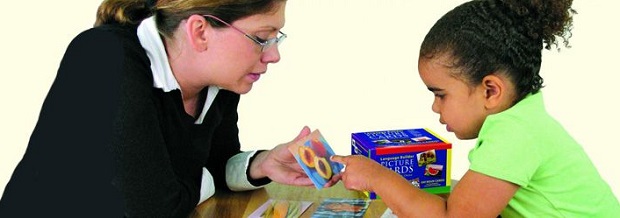Good child therapy techniques include establishing the right environment. An environment that engages and encourages the child to open up through conversation or activity. And when words don’t seem to do the trick, the solution lies in interactive activities that help in creating a relaxed non-threatening atmosphere of trust and reliability.
As Plato once said, “You can discover more about a person in an hour of play than in a year of conversation.” This is of particular significance when counselling children as the methodologies normally employed in adult therapy cannot be implemented in the case of children. Children may find it difficult to express in words as opposed to action. Which is why it is more effective when they show what’s troubling them rather than have them talk about it.
Child Therapy Techniques
Play therapy is a particular useful child counselling resource for therapists, especially when dealing with emotional issues, social behaviour, and trauma and stress resolution. It’s an effective tool for diagnosis, where the patterns of play can be examined and analysed to understand the root cause of a child’s impulsive or difficult behaviour.
The “playroom” is a safe zone for the child. The child and counsellor make use of the toys and games to understand the issue that poses a problem and develop a healthier attitude. Children express freely through the medium of toys and games, thus giving the counsellor a chance to peek into the child’s mind and understand the circumstances that led to the child’s impulsive or difficult state.
The child play therapy resources at a counsellor’s disposal should typically include sandboxes with miniature figures, puppets, dolls, stuffed toys, board games, dollhouses, dress-up clothing, art props and materials for drawing and painting. By getting children to engage and express through the medium of these toys, the therapist or counsellor can analyse the underlying issues and guide the child towards an appropriate solution. In many instances, play therapy can also be seen as a method for self-help. The therapeutic process of creating a story in a sand tray, for example, not only helps reveal the circumstances that may have contributed to a child’s worrisome behaviour but also helps resolve and self-heal through expression.
While talking it out is usually considered therapeutic in itself, this adult methodology has little meaning with children, who may find it difficult to voice their concerns in an open and direct manner. It is this inability to express that might reflect as difficult behaviour on the child’s part, which is why it is important to provide a setting – like the playroom – to dial down the intensity and resolve issues through activities that build confidence and self-esteem.
Originally posted 2015-09-10 15:25:25. Republished by Blog Post Promoter

